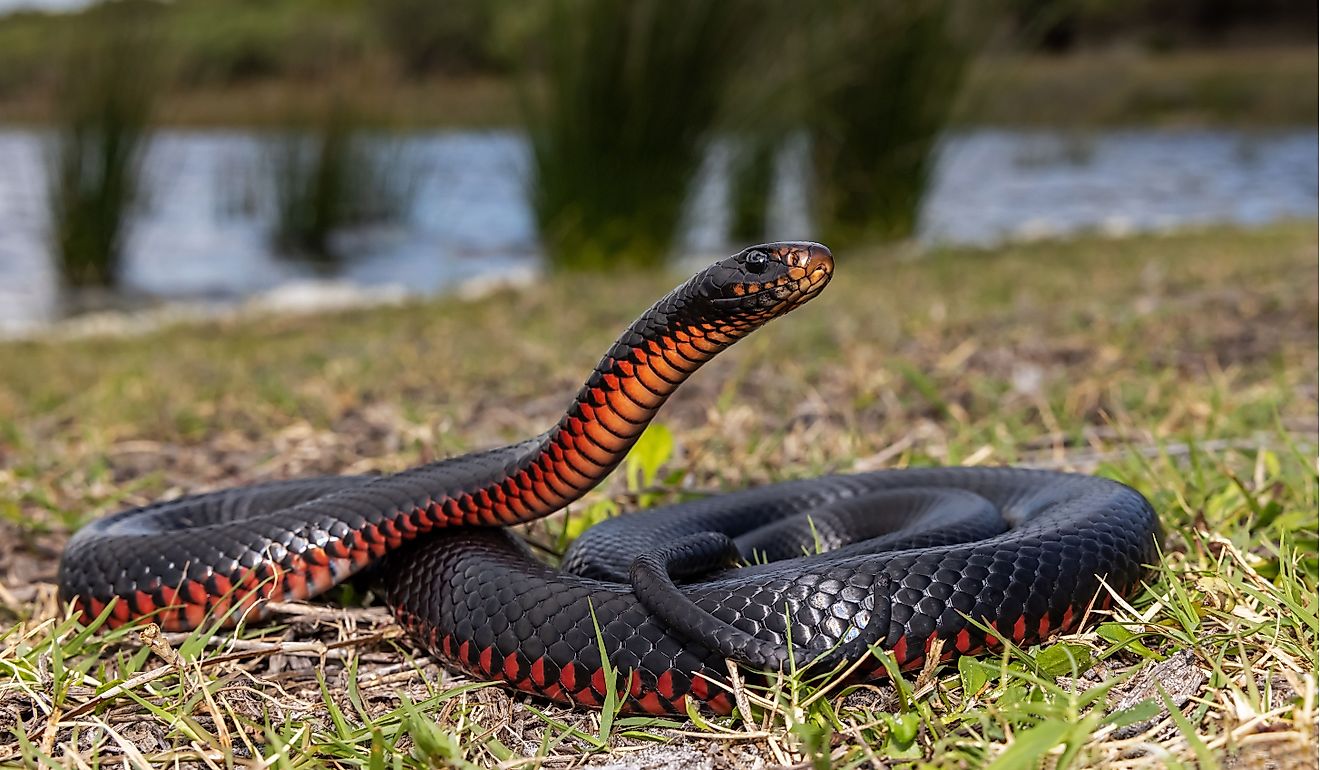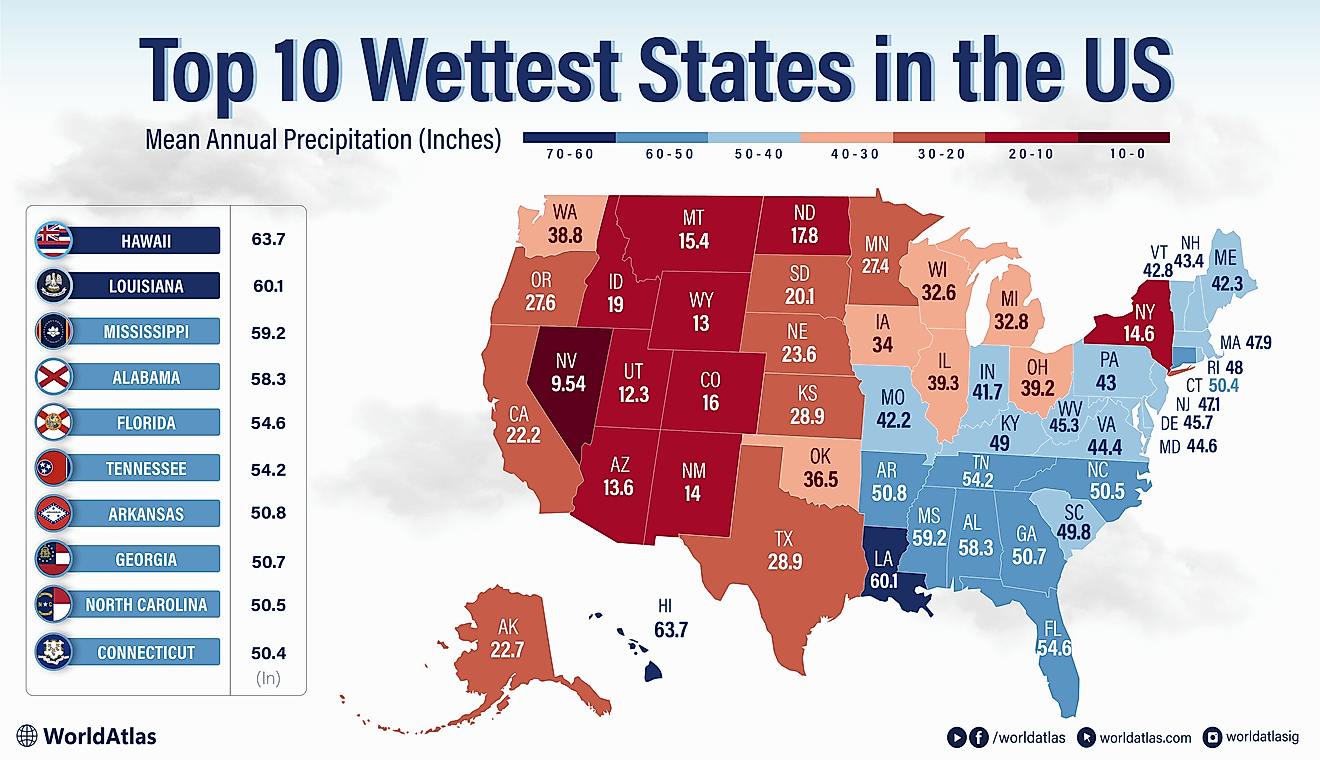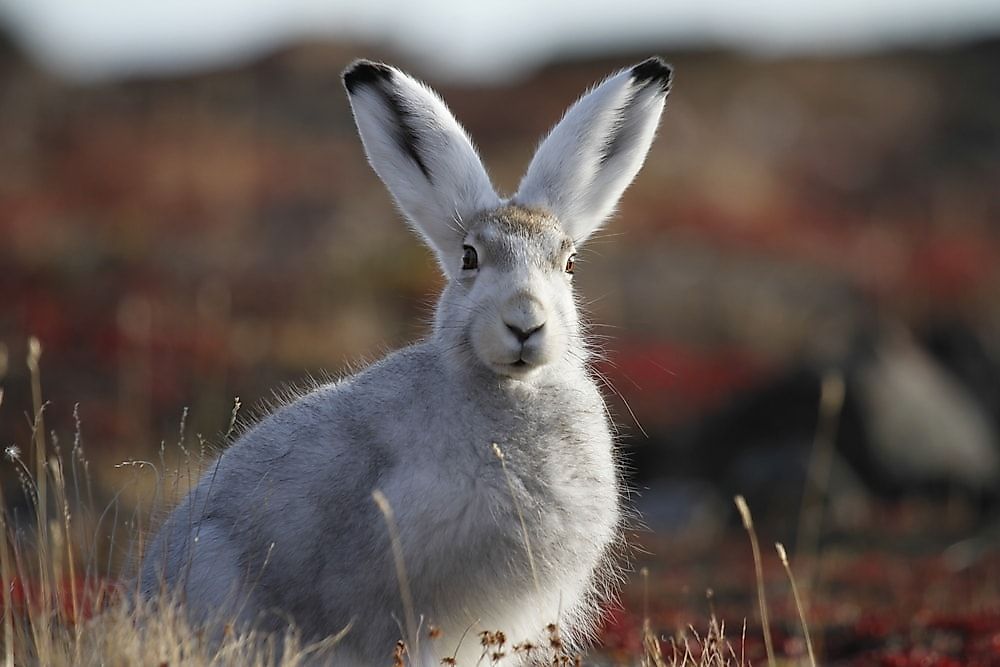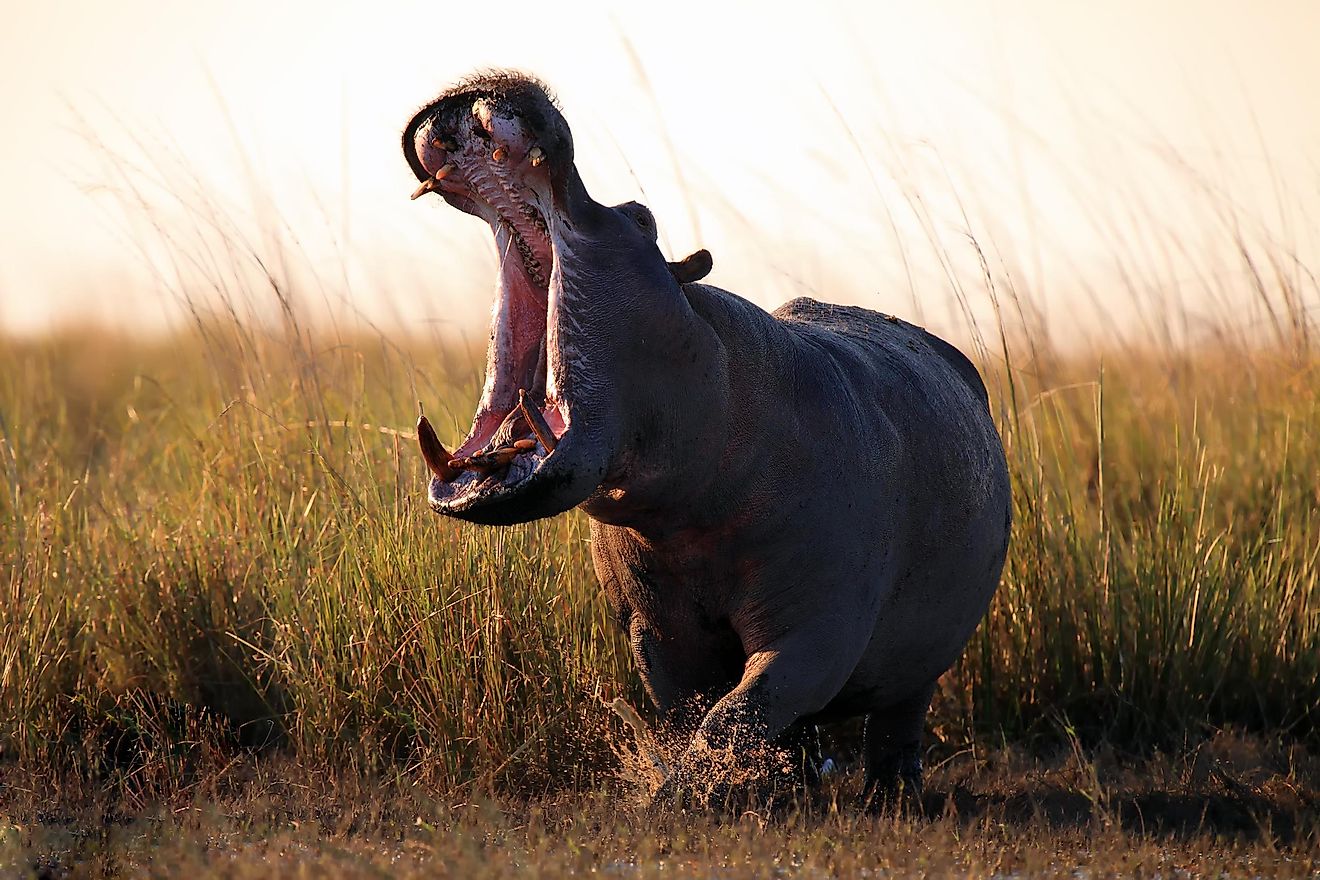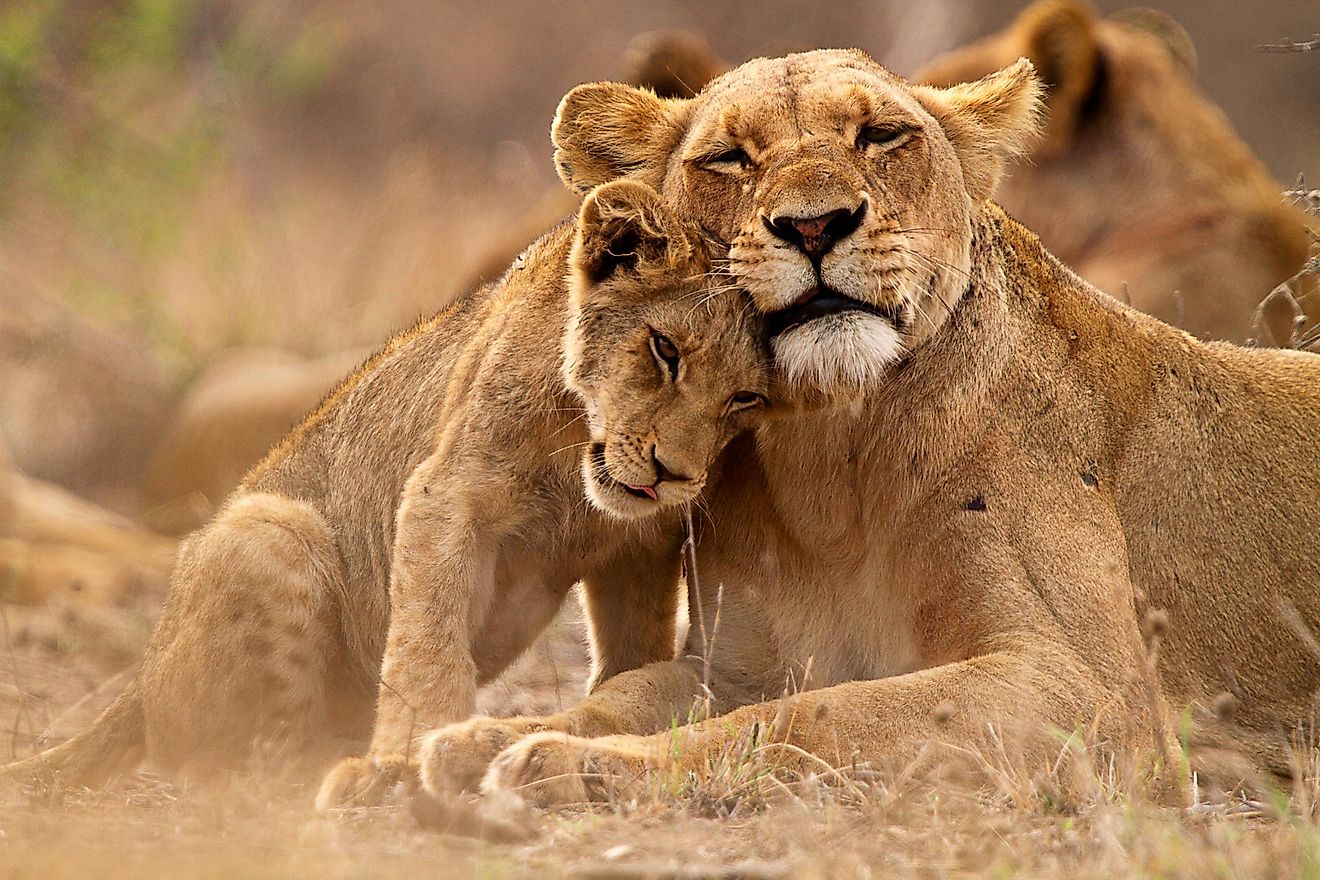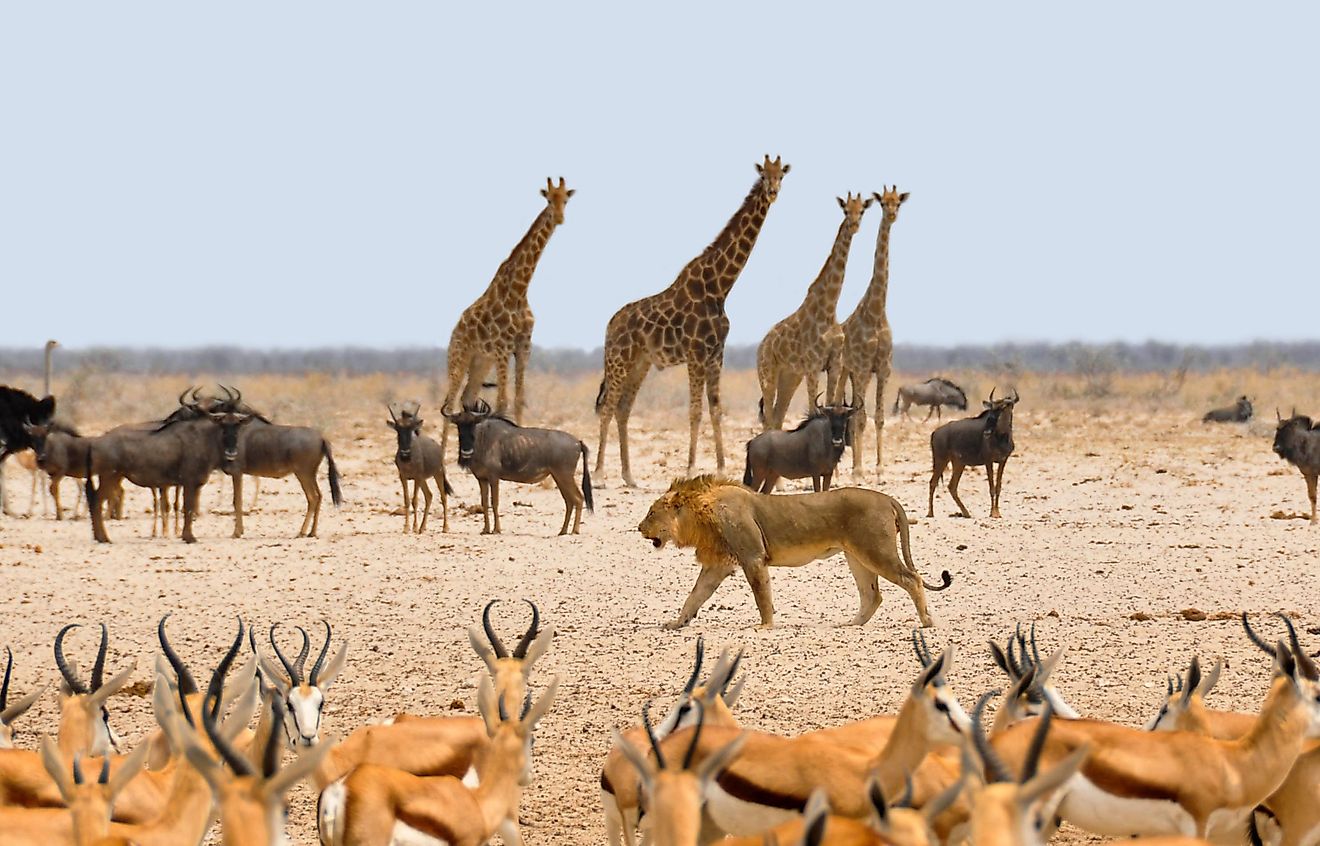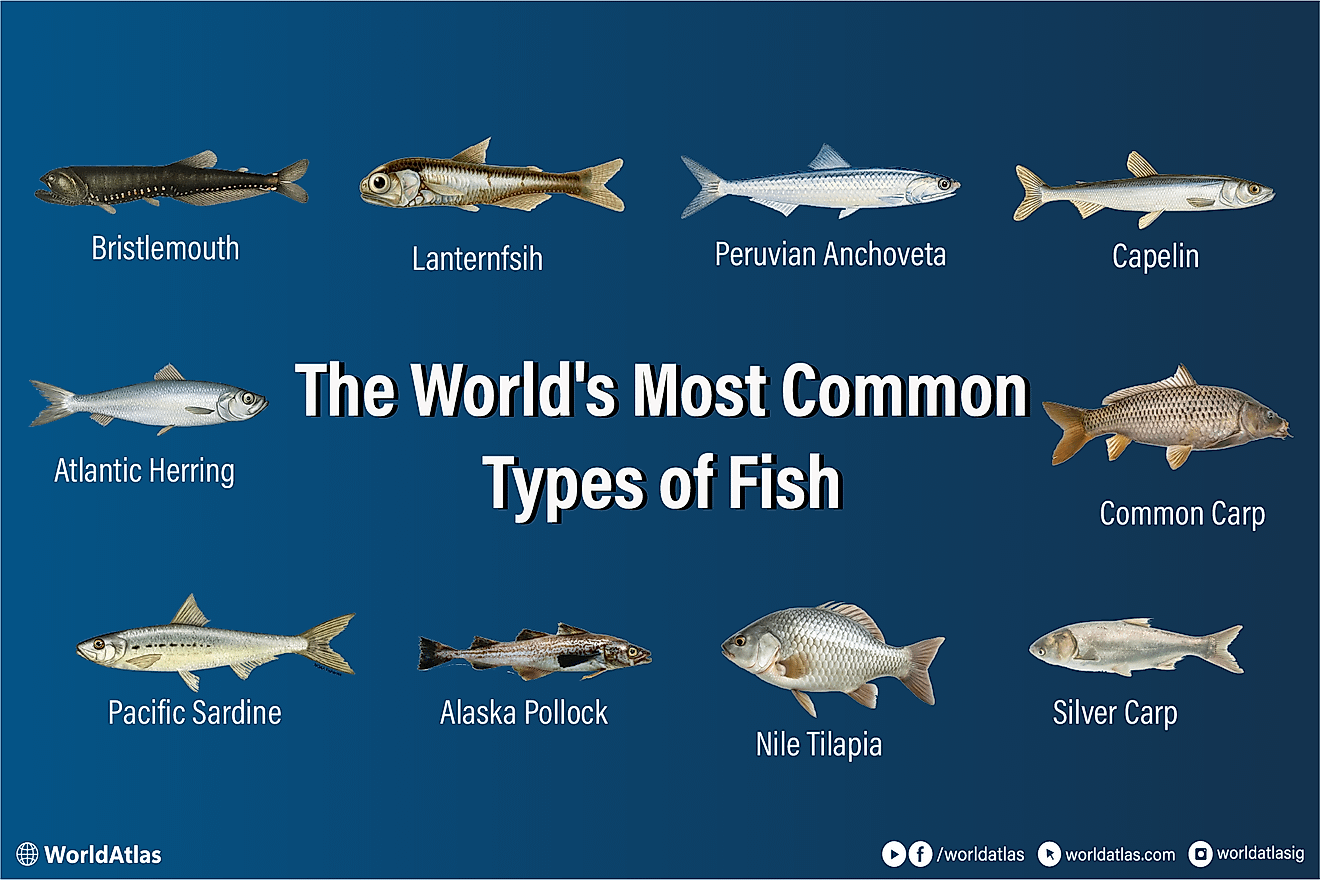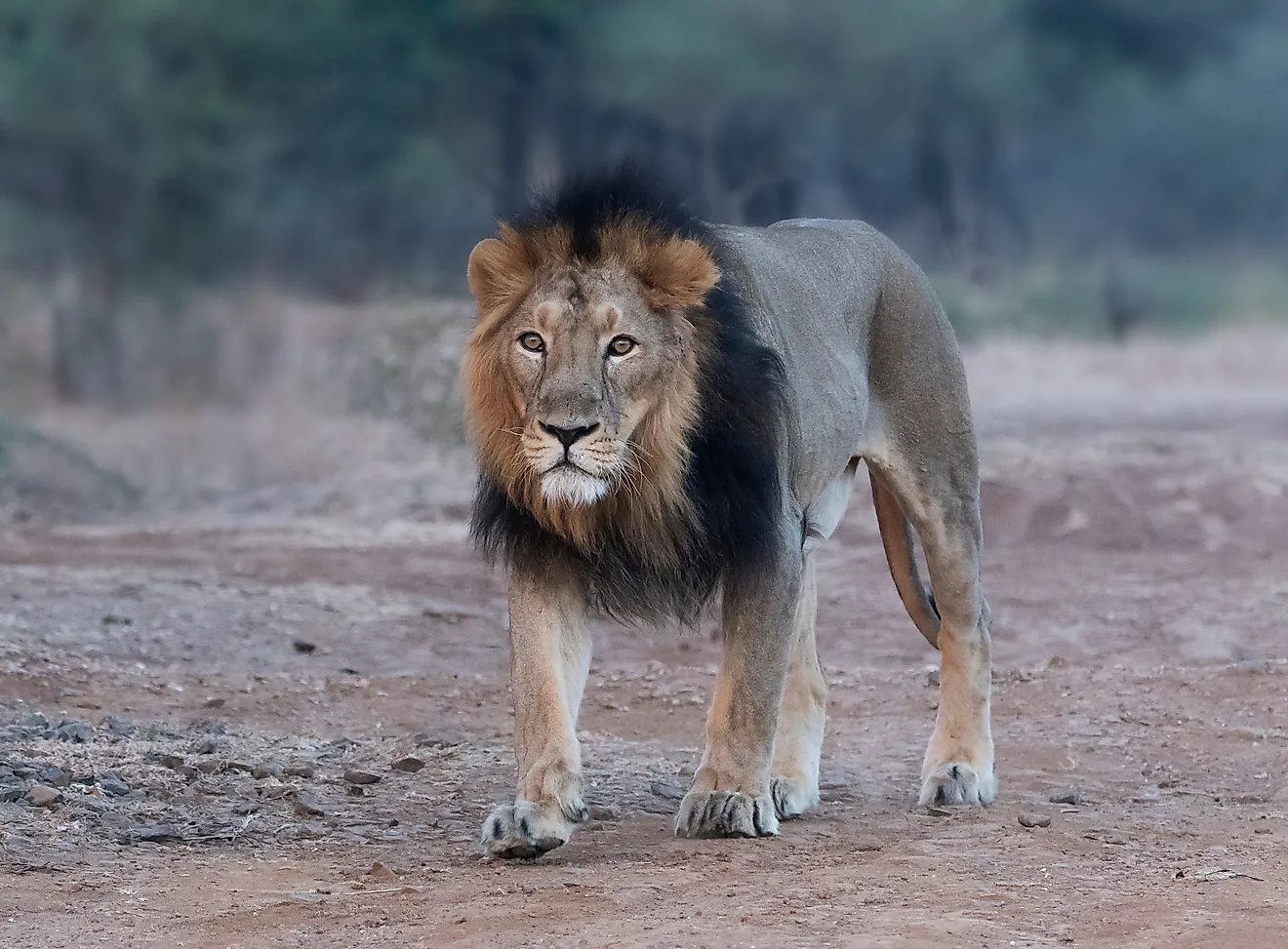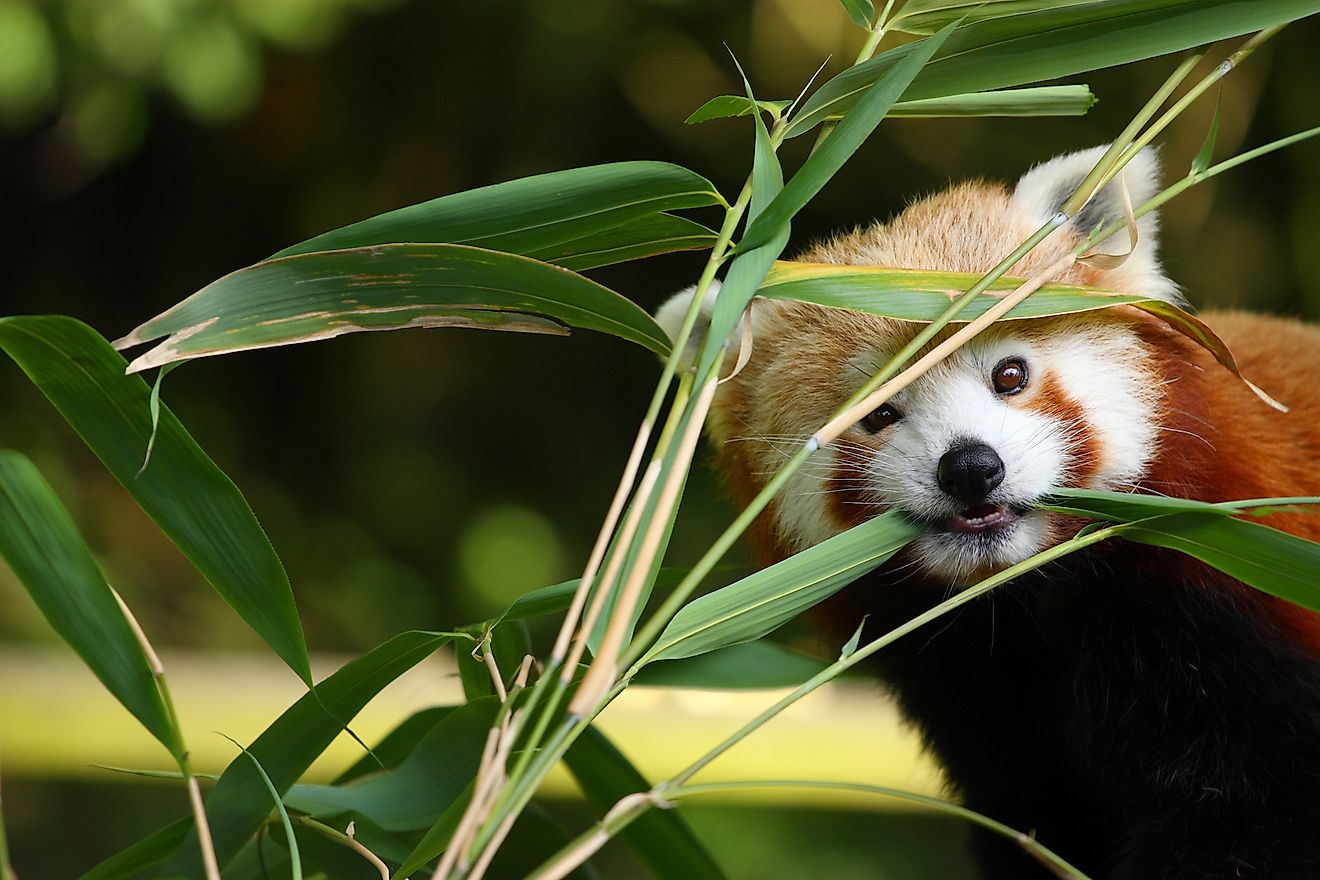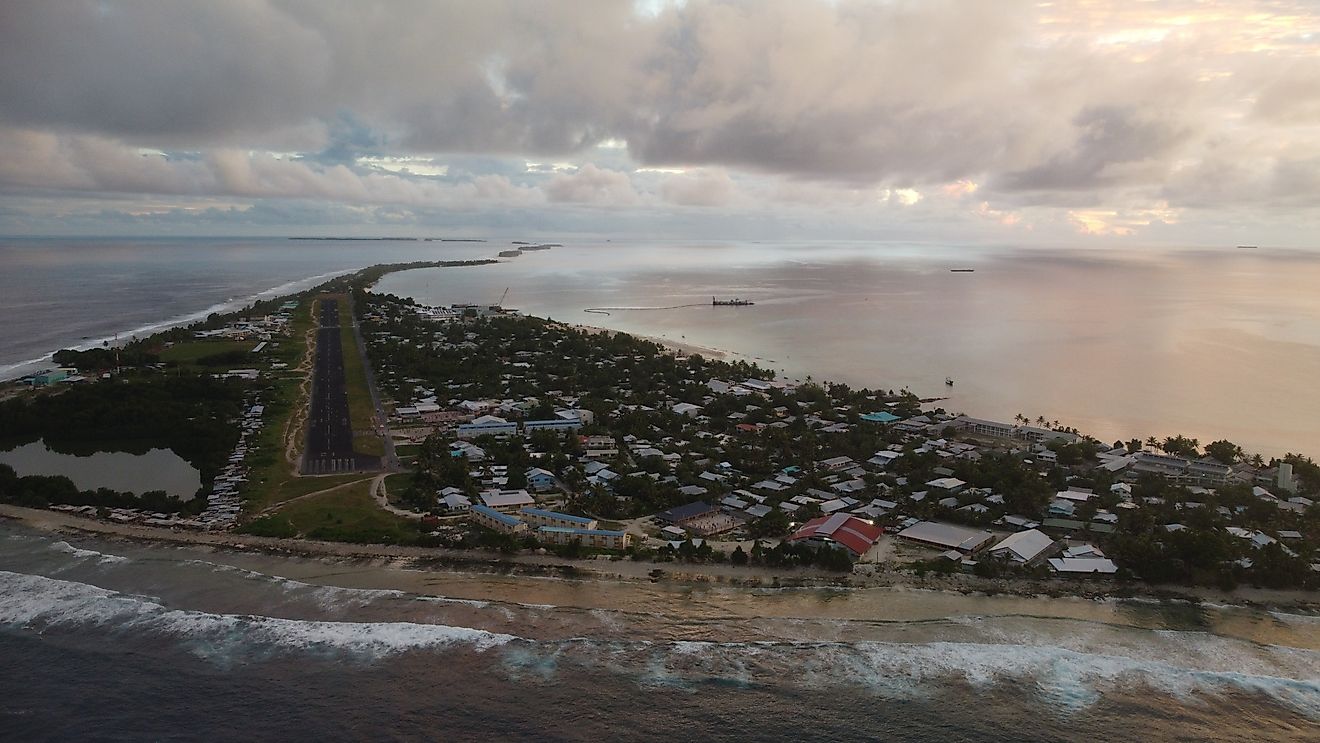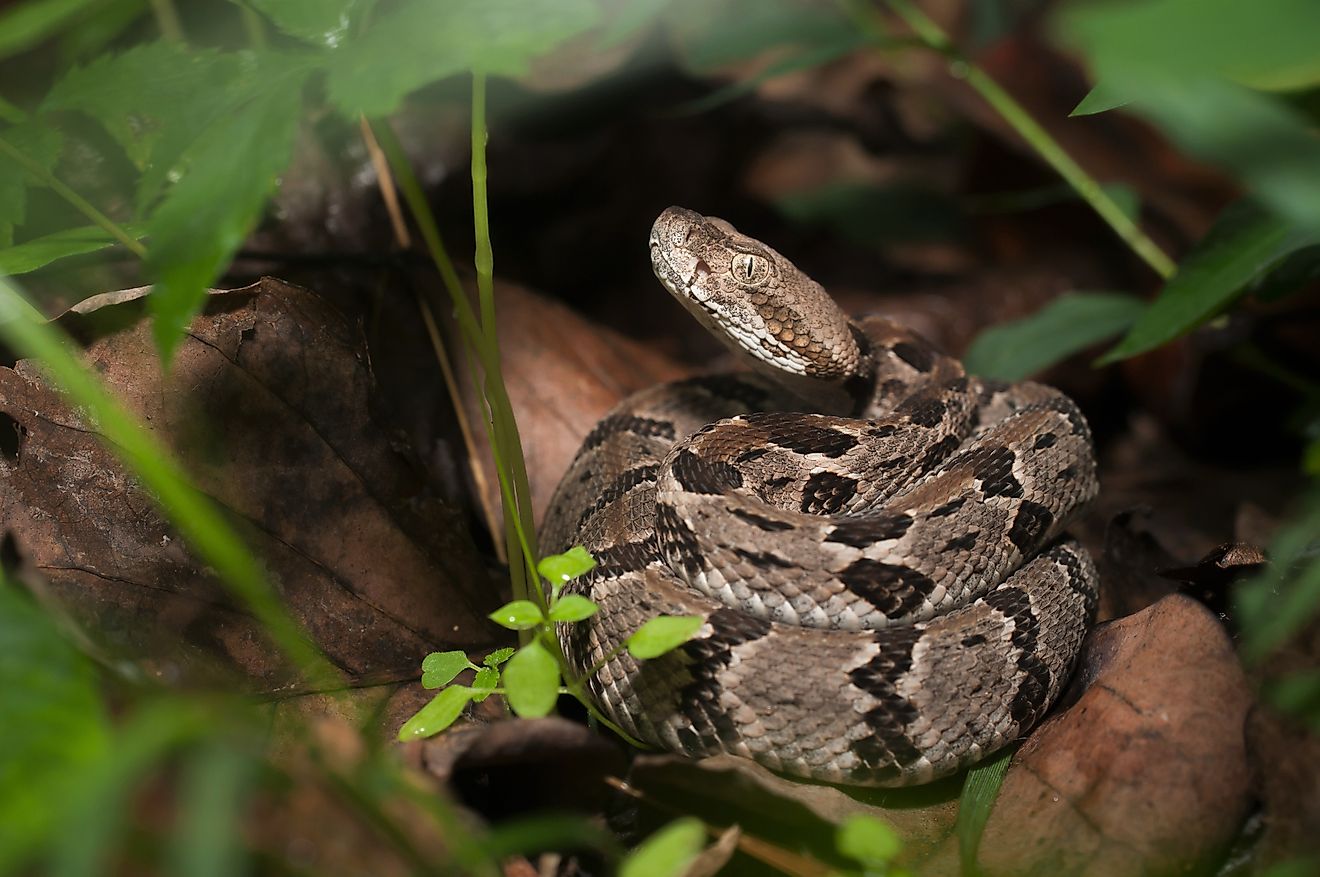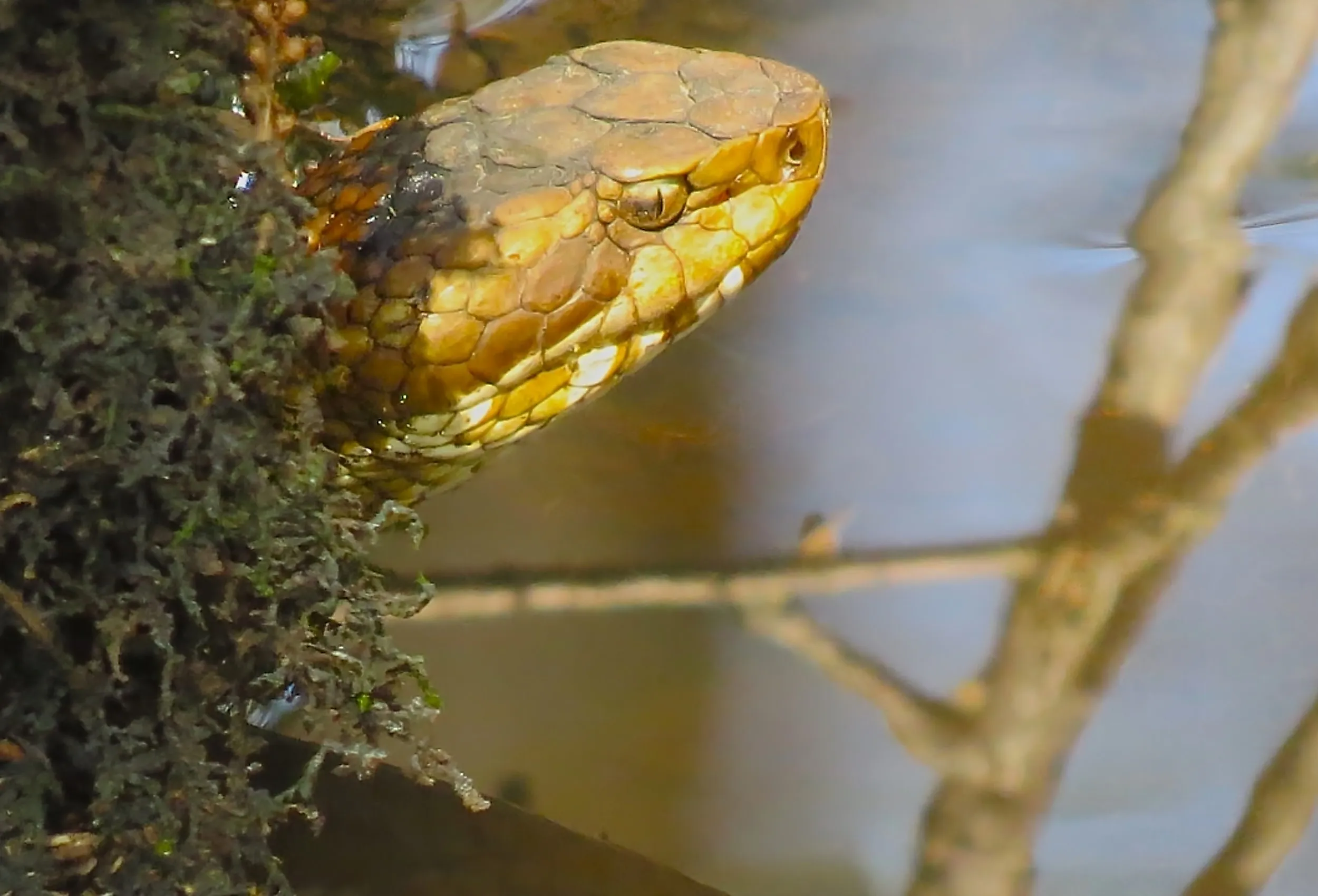
The Most Snake Infested Lakes in South Carolina
South Carolina's many lakes are popular recreational hubs where residents enjoy swimming, boating, and kayaking activities. However, they are also prime hunting and breeding grounds for snakes, often resulting in human-snake interaction. While most species are not dangerous, encountering one slithering across the shore or grass could catch unsuspecting lake-goers off guard. To avoid unnecessary conflicts, learn more about the Palmetto State's lakes, which have a reputation as hotspots for different snake species in the United States.
From cottonmouths basking on docks and copperheads prowling the shallows to rat snakes near hiking trails, it is important to know how to react when you encounter one. By understanding where these reptiles are most active, lake visitors can stay informed and prepared when visiting areas with high snake populations. Safety precautions should also be a top priority when visiting the most snake-infested lakes in South Carolina.
Lake Marion
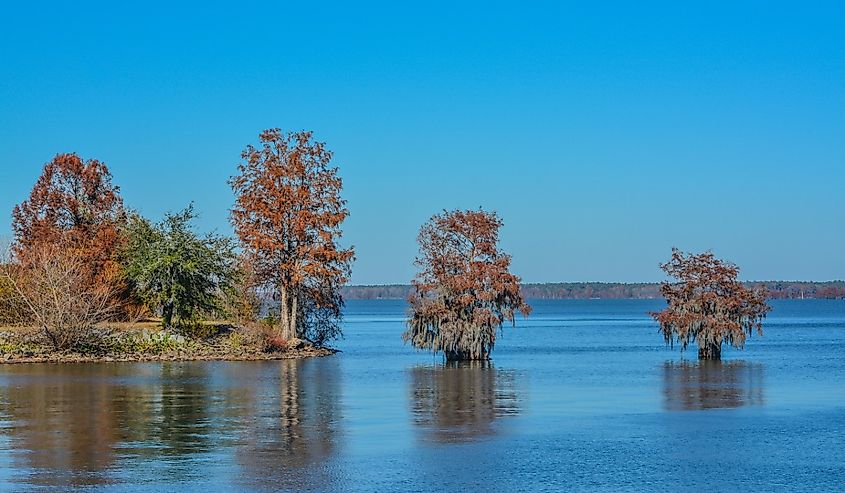
South Carolina's largest lake stretches across five counties over 110,000 acres of former marshes, farmlands, and river valleys. Often called the state's "inland sea," this expansive wetland offers countless recreational opportunities. Anglers, boaters, campers, hunters, and picnickers from inside and outside the state come here to enjoy the numerous activities. A vibrant wildlife population, including birds, deer, alligators, and fish, inhabits the area, attracting visitors to explore the diverse ecosystem.
Lake Marion is home to a variety of serpentine species along its waters and shores. Common but generally harmless are the brown water snake and eastern ratsnake. However, the shoreline also hosts the cottonmouth, which is frequently observed preying on amphibians, reptiles, and small mammals. While bites from these snakes are rare, they can be aggressive when feeling threatened and possess a potent hemotoxin.
Lake Murray
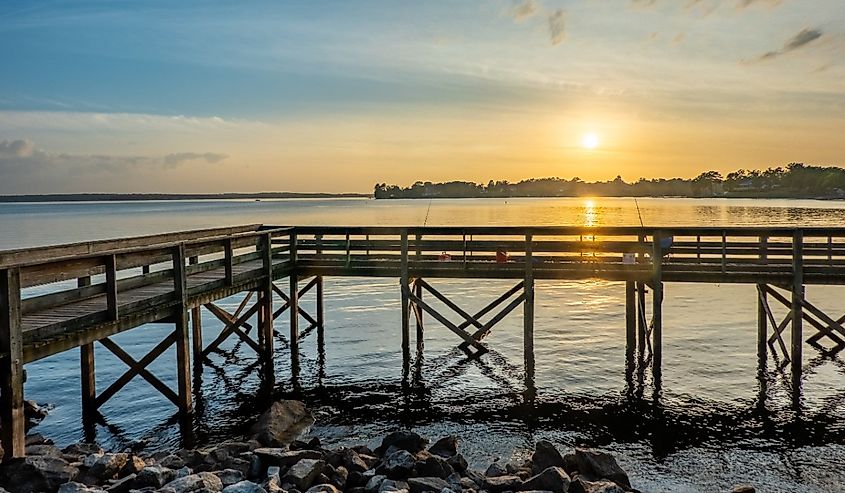
Located smack dab in the heart of South Carolina, this 48,000-acre reservoir was constructed in the 1920s for hydroelectric production. It is a vibrant haven for water-based recreation, famous for its largemouth and striped bass populations. Visitors to Lake Murray enjoy everything from boating and swimming to picnicking. Besides its scenic beauty, it draws tourists with an impressive mix of amenities, such as marinas, parks, eateries, and more. Lake Murray's 650 miles of shoreline are a playground for numerous wildlife, including alligators and snakes.
The snake species include the non-venomous eastern kingsnake, eastern milksnake, and eastern corn snake. Meanwhile, the notorious cottonmouth, also known as Water Moccasins, poses a serious threat when an encounter with humans ends in a confrontation. It's best to give it plenty of space if you come across one to stay safe.
Lake Moultrie
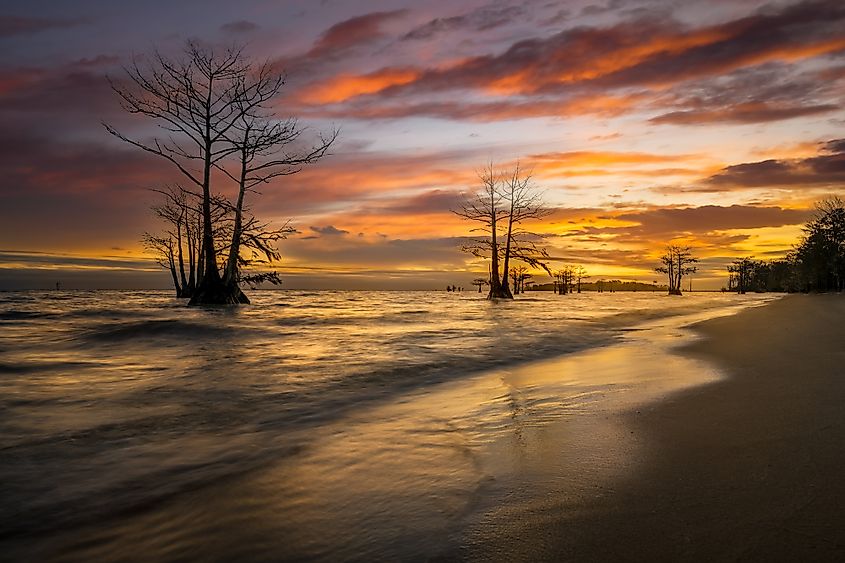
Lake Moultrie ranks among the largest reservoirs in South Carolina. It covers over 60,000 acres and was created by damming the Santee River to generate hydropower. Its expansive territory provides wide-reaching recreation adventures that attract plenty of human activity. Alongside humans, a rich wildlife population in and around Lake Moultrie culminates in a thriving and diverse ecosystem. You can spot species like blue crabs, lizards, blue herons, and others feeding, breeding, or nesting in the different habitats around the lake, from shorelines and marshes to thickets.
Snakes are common in the area and can scare visitors. However, they usually only attack if they feel threatened or cornered. Tourists might encounter some venomous snakes, such as the copperhead, which has brown-red scales, or the cottonmouth, often dark grey or black.
Lake Jocassee
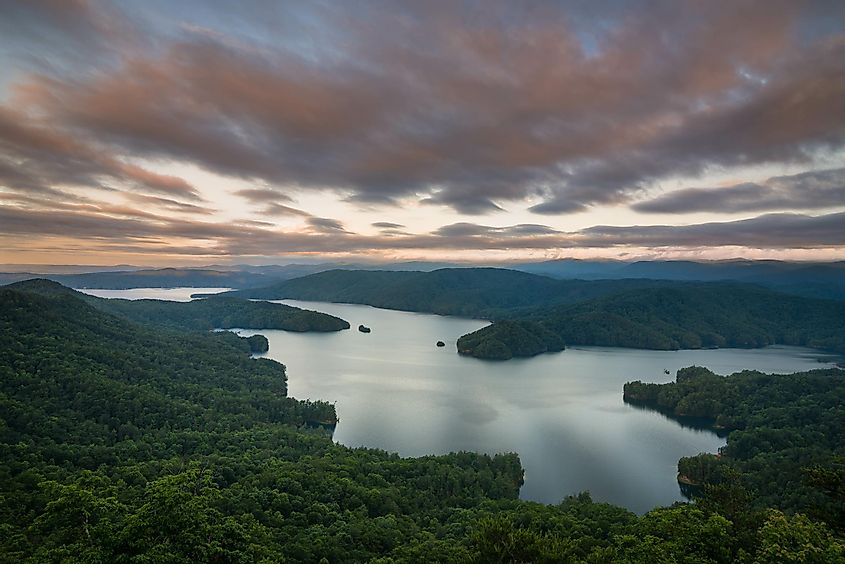
Lake Jocassee is likely one of the most snake-infested lakes in South Carolina. The reservoir covers over 7,500 acres in Oconee and Pickens Counties and is famous for its crystal-clear, chilly waters. Combine this with its remote location, and you have an idyllic spot where adventurers gather for hiking, kayaking, fishing, hunting, and wildlife-watching. Lake Jocassee borders the Jocassee Gorges Wildlife Management Area, home to small mammals, reptiles, and amphibians, providing ample food for a thriving snake population.
Seeing snakes on the water or grassy banks at Lake Jocassee is common. Fortunately, many species like the eastern garter snake and northern water snake are harmless and not dangerous to people. Nonetheless, exercise caution around the venomous copperhead, which can strike suddenly if you come too close.
Lake Keowee
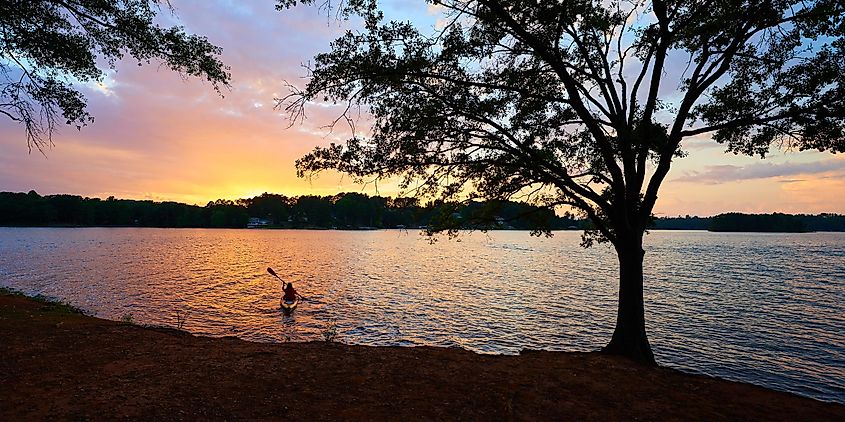
This 18,000-acre family-friendly oasis attracts a barrage of water fun lovers with its 300+ miles of shoreline, crystal-clear blue waters, and stunning vistas of the Blue Ridge Mountains. Lake Keowee spoils visitors with endless adventures on the waters, including kayaking, fishing, boating, and other water sports. The surrounding shores are also a haven for campers, hikers, bikers, and wildlife-viewers. This bustling ecosystem also accommodates sizable snake numbers that guests should be aware of to prevent uncalled-for interactions.
Most of the species encountered are non-venomous, which, unfortunately, are often confused with their venomous counterparts. They pose no threat to humans and usually opt to avoid interactions. However, there are occasional sightings of copperheads in well-trafficked sections like beaches.
Lake Wylie
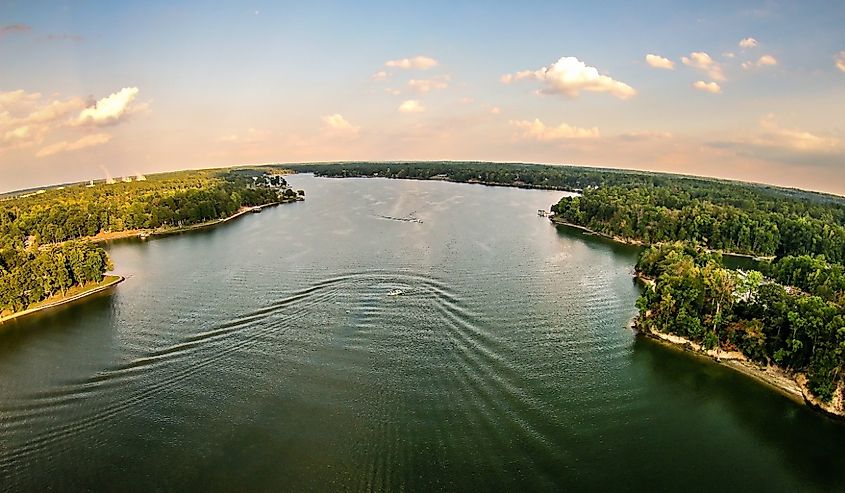
Lake Wylie was created by building a dam across the Catawba River to generate hydroelectric power. The reservoir spans about 13,000 acres and crosses the border of the two Carolinas. Lake Wylie surrounds a neighborhood of the same name, attracting residents with its over 300-mile shoreline and countless recreational activities. It is always busy with boaters, picnickers, anglers, and paddleboarders. The area also hosts various festivals and events throughout the year, including fireworks displays, music concerts, and beer festivals.
The lake and its surroundings are ideal habitats for snakes, which thrive on a balanced diet of fish, amphibians, birds, and mammals in the area. Although most encounters are with non-venomous species like the common watersnake and eastern garter snake, there have been reports of copperheads seen along the water's edge.
Lake Hartwell
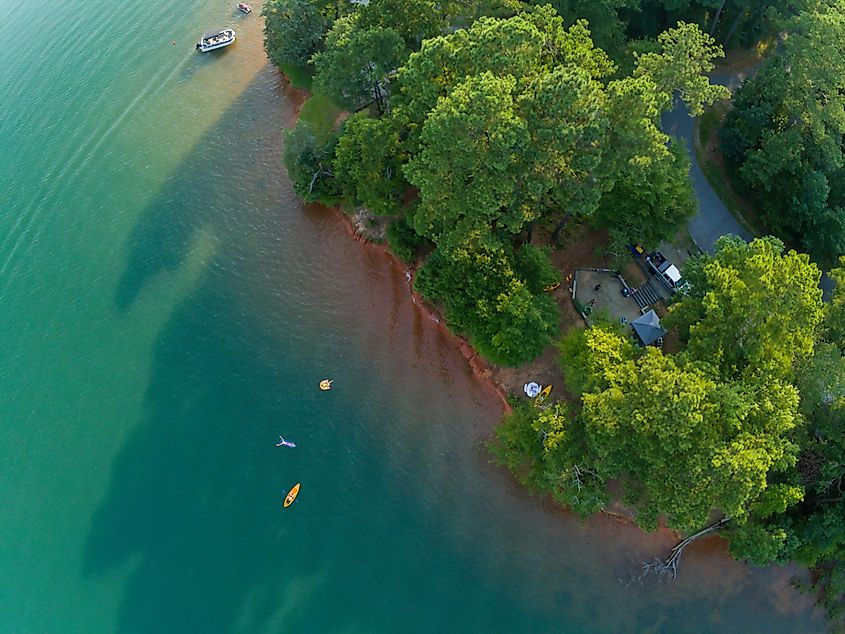
This 56,000-acre reservoir, with almost 1,000 miles of shoreline, is one of the largest recreational lakes in Southeastern America. Lake Hartwell is split between South Carolina and Georgia and is a popular hub for water-based fun. The lake has a large fish population, including species like striped bass, trout, black crappie, and stocked walleye, making fishing one of the most popular activities in the area. However, more amenities like campgrounds, marinas, trails, and restaurants ensure the location is always a beehive of activities.
But the activity is not limited to humans; a wonderful wildlife population, including snakes, inhabits the sprawling waters and beautiful shores. There are over 20 non-venomous species in the area, including garter snakes and rat snakes. Meanwhile, the fewer venomous snakes to watch out for are the timber rattlesnake (which is rare) and the copperhead.
Lake Wateree
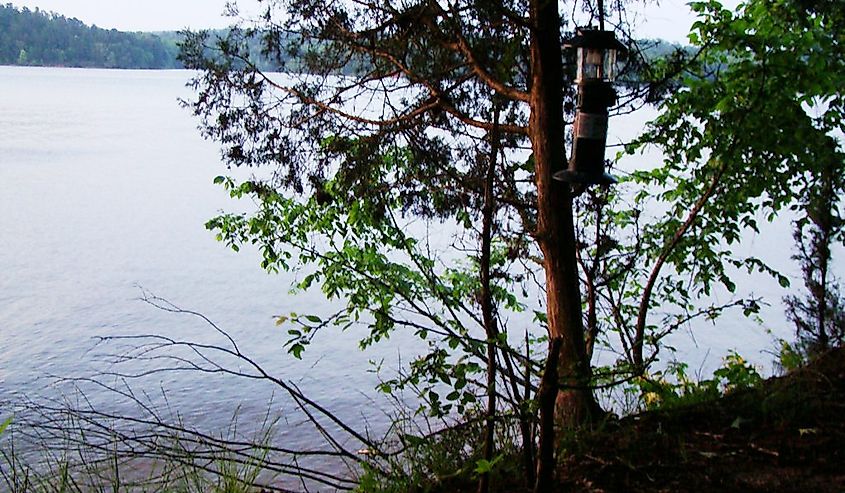
Lake Wateree is among the state's oldest reservoirs. It was formed in 1919 when a dam was built on the Wateree River and spans about 13,000 acres. The lake has a 242-mile shoreline and a sizable fish population, which is a good reason for various recreation enthusiasts to flock to it daily. It is surrounded by Lake Wateree State Park, which harbors several trails that invite guests to explore the area and admire bustling wildlife, including blue herons, woodpeckers, songbirds, and other beautiful species.
While walking along the outback trails, you will come across various snake species common in the area, such as rat snakes and water snakes. These are harmless to humans, show no aggression, and will usually slither away. But if you happen to come across a copperhead or cottonmouth, occasionally spotted here, avoid charging or throwing stones at them; their venomous bite can prove to be lethal without prompt medical attention.
While snakes play an important role in the ecosystem, encountering one in the water or on the shores is not always welcome. Being informed about which areas snake populations frequently occur allows water-goers to take preventative measures or choose alternate destinations if they desire a snake-free experience. However, it is never advisable to aggravate them when you encounter one in the most snake-infested lakes in South Carolina, as they won't attack until they feel they are in danger.
